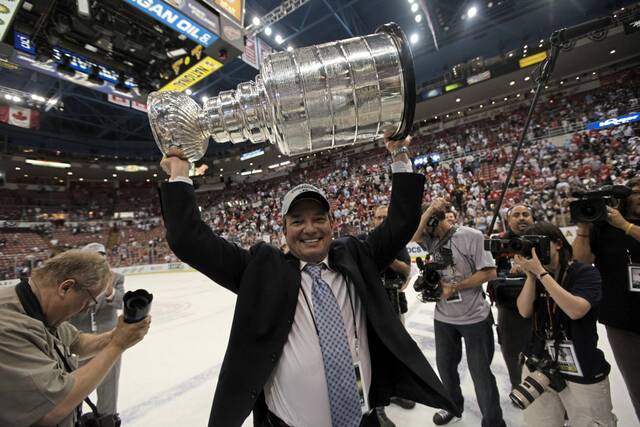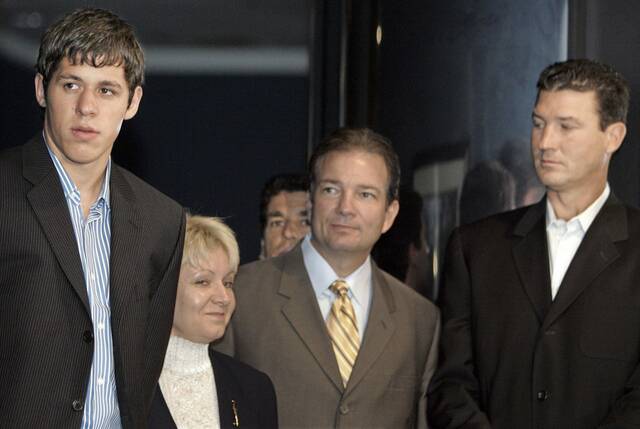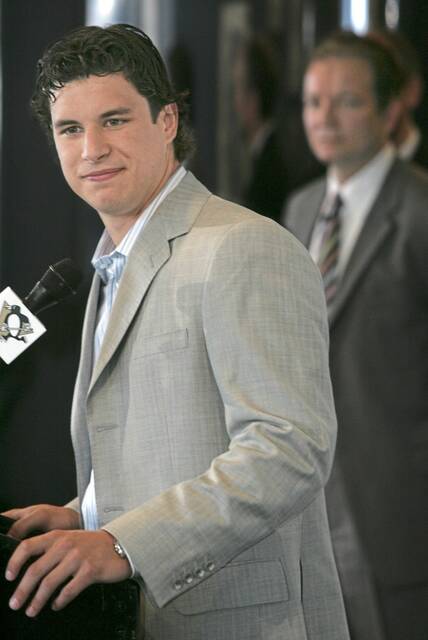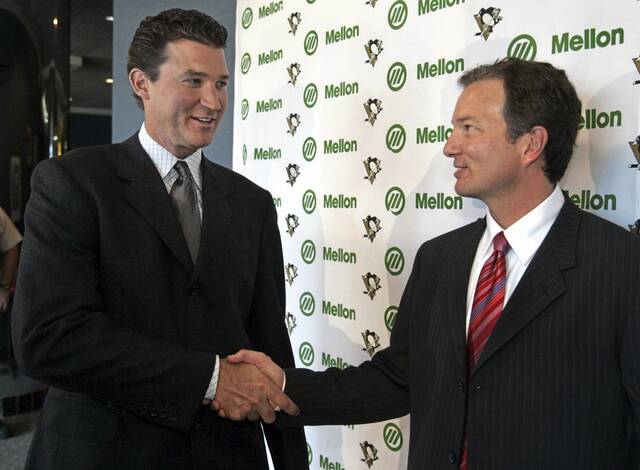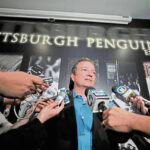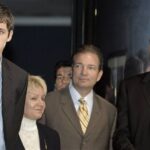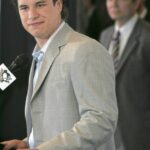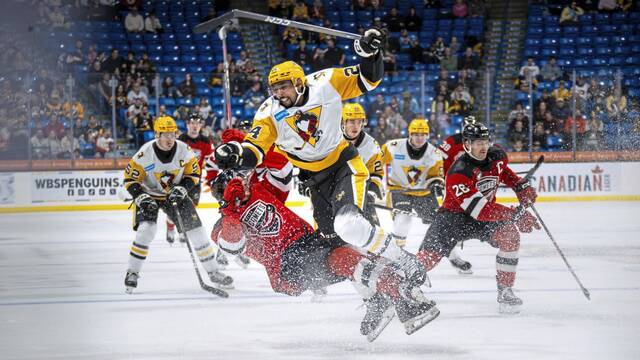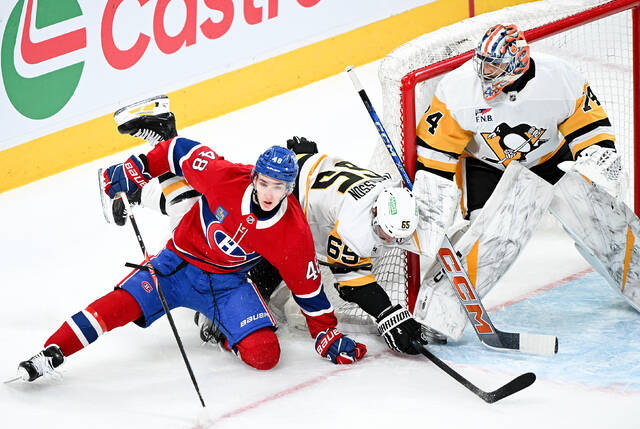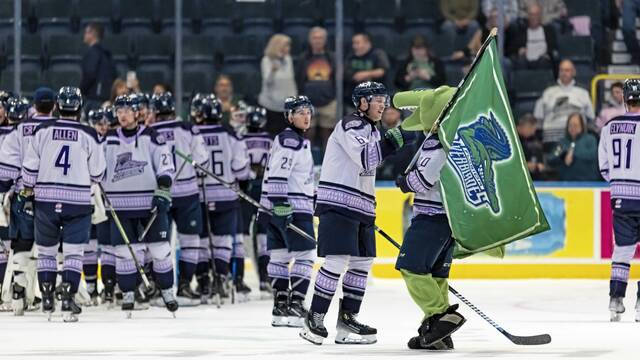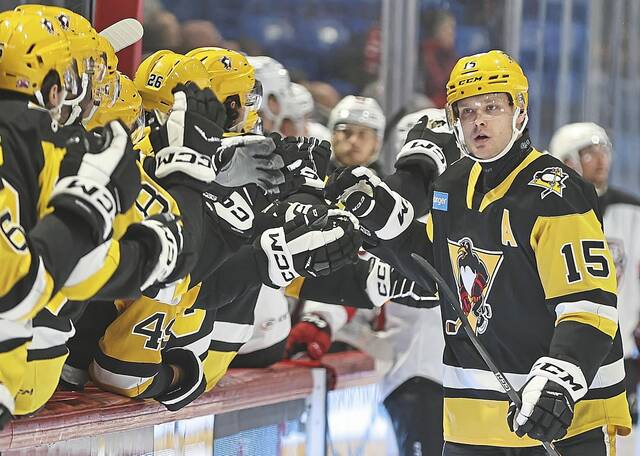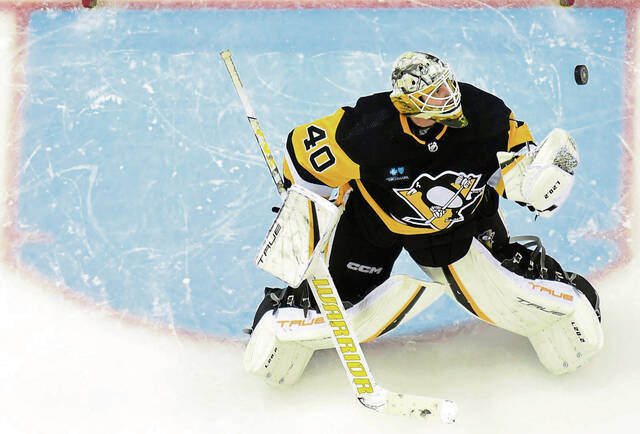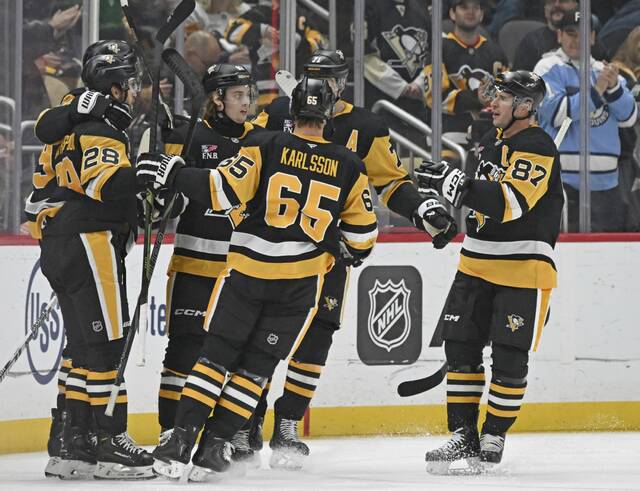Toward the end of its life, the Pittsburgh Penguins’ previous arena suffered from a poverty of luxuries.
Like reliable plumbing and a roof that kept the rain out.
But it was home.
That was in part because of Ray Shero trying to spruce up the aging facility upon taking over as the team’s general manager in May 2006.
“Let’s face it, Mellon Arena was a pit,” ex-Penguins defenseman Rob Scuderi said by phone. “But it was our pit. He tried to make it as great as possible. There was only so much you could do at Mellon, but I think he tried to redo some of the aesthetics of the place and make it look as modern as possible.
“He tried to do his best. Some new weight room equipment. Like the rug, little details that I think they could handle, that the building could handle. It’s little things that you notice as a player that someone is making an effort to maybe clean up the facade and make the facility look a little bit professional.”
Incremental improvements, even if they were simply cosmetic, were part of the wave of changes Shero — who died Tuesday at age 62 — initiated to change the Penguins from one of the NHL’s worst franchises to Stanley Cup champions in only three seasons.
Sure, he stepped into a good personnel situation. The franchise had a pair of No. 1 overall draft picks in the stable with Sidney Crosby (2005) and Marc-Andre Fleury (2003). But Shero had to supplement that base with alterations that went beyond the 20 players in a lineup.
“I think it was just a culture thing,” Crosby said. “The way he talked, the people that he brought in, we got the message right away that we’re a group that should believe in ourselves. … He was going to give us an opportunity to win. With it being a young team, it’s easy to be patient sometimes and look at the long outlook. But we showed pretty early on that we’re going to be pretty competitive. I think all the people that he brought in and the group that he assembled was a big reason for that.”
One of the people Shero brought in was Evgeni Malkin.
The Penguins drafted Malkin with the second overall selection in 2004, but he spent the next two seasons playing professionally in his native Russia. Given the seemingly always tense geopolitical relations between North America and Russia when it comes to all matters, including hockey, there wasn’t an abundance of certainty as to when — or if — Malkin would suit up for the Penguins.
Then, in a wild affair that felt like it belonged in a spy novel, Malkin slipped away from his Russian team, Metallurg Magnitogorsk, through Finland and made his way to this continent to join the Penguins in August 2006, a few months after Shero had taken over the Penguins.
Magnitogorsk executive Gennady Velichkin bluntly accused the Penguins of “sports terrorism.”
As for his counterpart with the Penguins, Shero did what he could to gently put Malkin at ease with his new surroundings.
“He’s probably the first guy who texted me when I was in Russia,” Malkin said. “He’s an amazing guy. … When I (was) here, he (was) always nice to me. But I (didn’t) speak English really well. But he made everything (easier). He gave me a translator.”
Through any dialect, what the Penguins did in Shero’s first season of 2006-07 was remarkable. The team made a 47-point improvement in the standings, still one of the biggest season-to-season improvements in NHL history, and invigorated the city by returning to the playoffs after a six-year absence.
“We finished last the year before he came in and really established how he wanted to change the culture and wanted to get back to winning,” Crosby said. “As a young guy, he encouraged me to talk to him. He said his door was always open, and for a young player, you’re pretty intimidated to talk to the (general manager). But he made it a point to bring me in there sometimes, talk hockey, kind of tell me what he expected of us. Just someone who really empowered me personally and I think us, as a group.
“You could see what developed there.”
For the incumbents who were around before Shero arrived, he developed a deeper roster.
“The biggest thing for me was just internal competition,” said Scuderi, a fifth-round draft pick (No. 134) in 1998. “We had some good pieces. We had some good parts. But I think he got the most out of them by signing that guy that was right behind you. There’s always internal competition. It’s professional sports. It’s a high level. But I seem to remember the dial being turned up when Ray got there.
“By putting the heat on a few guys, you get a lot out of everyone. And even if you don’t get as much as you want out of someone, you get another option. That was a little bit of a different change from what had been.”
Another change under Shero was trades. At least the magnitude of them.
Under Shero, the Penguins made some big deals for the first time since the late 1990s that were geared toward getting the Penguins as deep into the playoffs as possible.
In 2007, rough-and-tumble veteran forward Gary Roberts was added from the Florida Panthers. Then during the 2007-08 season, Shero acquired superstar forward Marian Hossa via the Atlanta Thrashers.
Roberts and Hossa helped the Penguins reach the 2008 Stanley Cup Final, where they lost to the powerful Detroit Red Wings.
Finally, before the 2009 trade deadline, forwards Chris Kunitz and Bill Guerin arrived from the Anaheim Ducks and New York Islanders, respectively, and landed on Crosby’s wings.
Those last two additions led to the franchise’s third Stanley Cup title in June of that year, a victory over the Red Wings in a rematch.
“That gives you a huge boost of confidence,” Crosby said. “That sends a message to the group. You know exactly what the expectation is. And as a player, you know you work so hard to have that opportunity to win. To basically be given every opportunity, as far as management’s concerned — every resource making trades like that — that’s all you could ask for. It’s so important if you want to win.”
The Penguins have won the Stanley Cup on five occasions and have sets of five banners hanging inside and outside their current arena, PPG Paints Arena, as well as their practice facility in Cranberry, the UPMC Lemieux Sports Complex.
The first two (1991 and 1992) and the last two (2016 and 2017) look similar as they are colored with the “Pittsburgh Gold” those teams predominantly wore during those seasons.
The middle one (2009) has the “Vegas Gold” shade that squad sprinted around the ice in.
It stands out from the other banners. As does that championship, as it was the start of arguably the greatest era in franchise history.
Shero was the custodian of that success.
“We were all kind of young when we came in,” Penguins defenseman Kris Letang said. “Ray did a pretty good job of taking care of us and making sure we (grew) into more of men, became adults and the persons we are today. Obviously, it doesn’t happen if you don’t have a guy like this that cares about his players.”
The Penguins’ success in 2009 was no accident thanks to Shero.
“As the general manager, you have to set the tone,” Scuderi said. “Making some of those moves, making some of those trades, all these little things come into play and you wear it as the general manager. It’s going on your record.
“He brought a high level of professionalism, of integrity and guts, to make those things happen.”



